For decades now, rough openings have been challenging for not only architects and engineers, but also the contractors responsible for building them in the field. Over the years, multiple types of cold-formed steel framed headers have been developed. These range from typical box-beam headers to back-to-back headers to truss headers to non-load-bearing track headers to unique, proprietary shaped headers. Regardless of which type of header is used, the design and installation of the jamb studs supporting these headers is critical. Jamb studs are C-shaped studs that are on either side of the rough opening and help distribute the weight the header above is carrying down through the wall itself, while maintaining the integrity of the wall finish. For this article, we will focus on interior “non-load-bearing” walls.
Recent developments in the cold-formed steel framing industry, such as equivalent studs, have increased the complexity and difficulty in specifying the proper jamb studs for these rough openings. Since most of these rough openings are carrying both axial and lateral loads, they should be considered load bearing, thus disallowing the use of “EQ” products as jamb studs. Unfortunately, some architects and structural engineers do not address the interior non-load-bearing partitions in their design and allow these EQ members to be submitted, often slipping through the cracks and getting approved by plan-checkers before the project even starts, with no warning to the contractor. The use of thinner jamb studs (EQ studs are available in thicknesses ranging from 15 mils to 27 mils) may lead to failures in the wall, such as cracking of drywall, especially around and above the door frame itself.
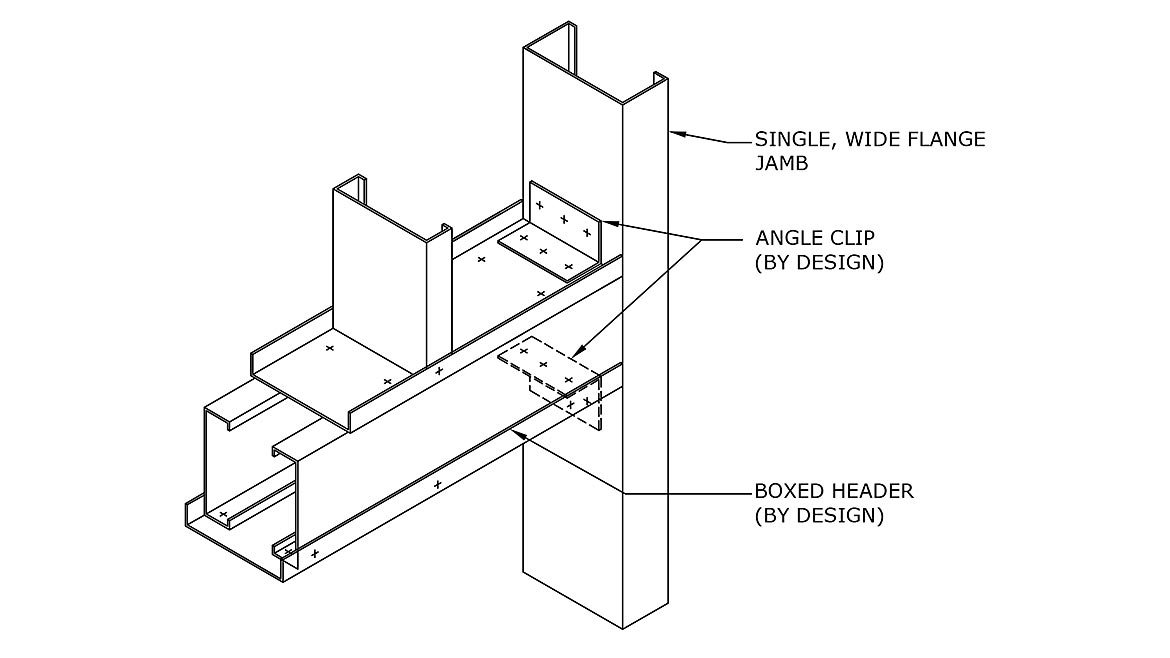
Specifying Jamb Studs
Headers and jamb studs should be considered structural members, even when used as part of interior non-load-bearing partitions. Any rough opening in the wall—a door, window or large HVAC duct—will require the header to be strong enough to bear the load of the cripple studs above the header and the gypsum board attached to them. It needs a strong enough connection to transfer the load to the jamb studs. Therefore, the jamb studs should be designed for greater loads than ordinary studs. The current ICC Building Code requires a minimum lateral live load of 5 pounds per square foot if applicable, plus a dead load of 6 to 8 pounds per square foot in non-rated walls or 11 to 12 pounds per square foot for one- or two-hour fire-rated walls, to be applied to the jambs and headers. This code requirement applies axial and lateral loads on jambs and headers that might result in exceeding 100 pounds, converting the jamb studs to load-bearing members. As with all load-bearing members, these members should be designed, detailed and properly specified in the plans, as well as reinforced by the building inspectors on the job site.
Most domestic cold-formed steel framing manufacturers offer structural or load-bearing framing products ranging from a minimum thickness of 33 mils all the way up to 118 mils, with various sizes of webs, flanges and returns. Webs are available in 2 1/2 inches up to 14 inches, while flange options range from 1 3/8 inches all the way up to 3 1/2 inches. Depending upon the loads calculated by the engineer of record, some rough openings require jamb studs to be attached or fastened to each other, by either screwing or welding, to create what we know as stud packs to address the higher loads in the wall system. The larger the opening, the more likely it is that stud packs will be needed to maintain the structural integrity of the opening and the wall.
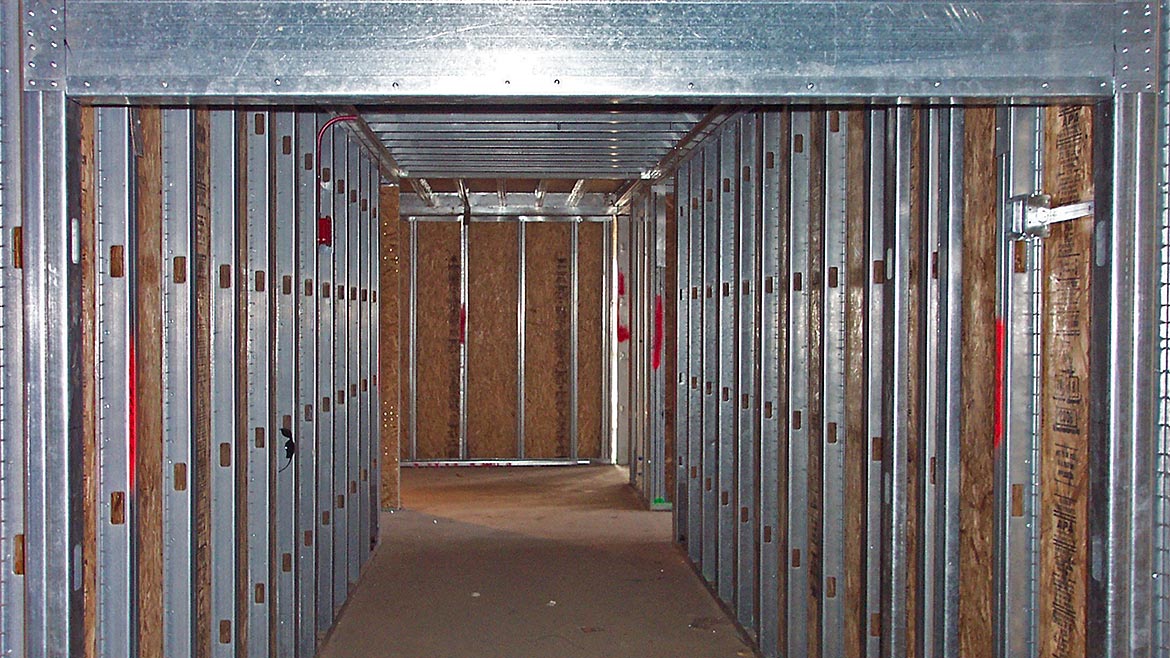
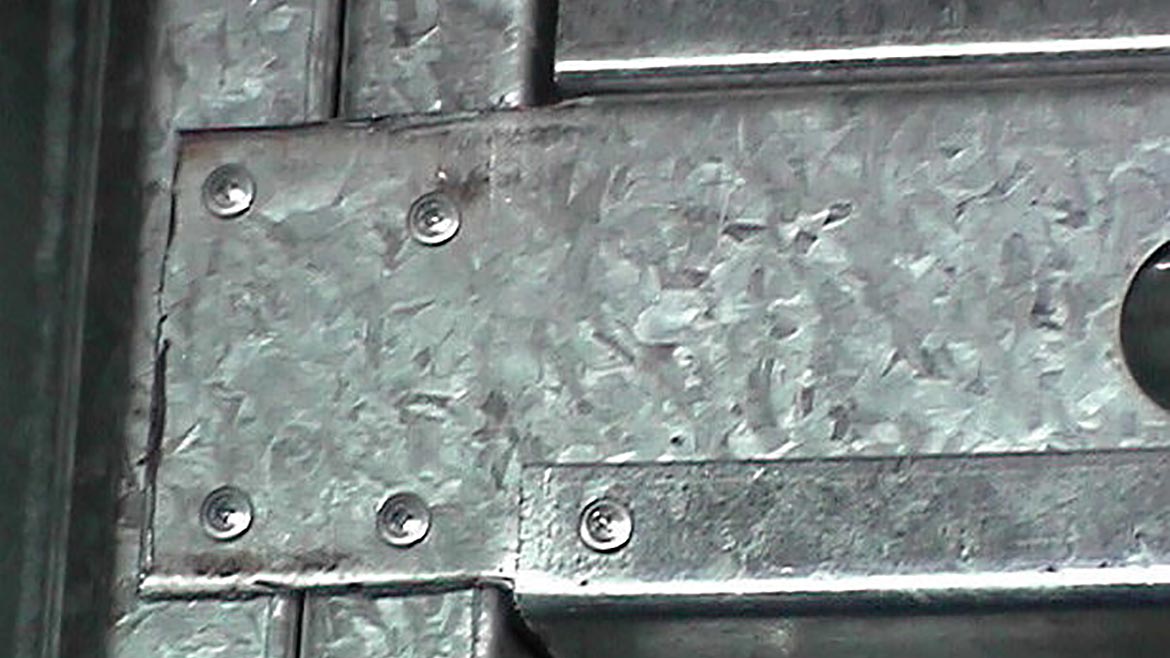
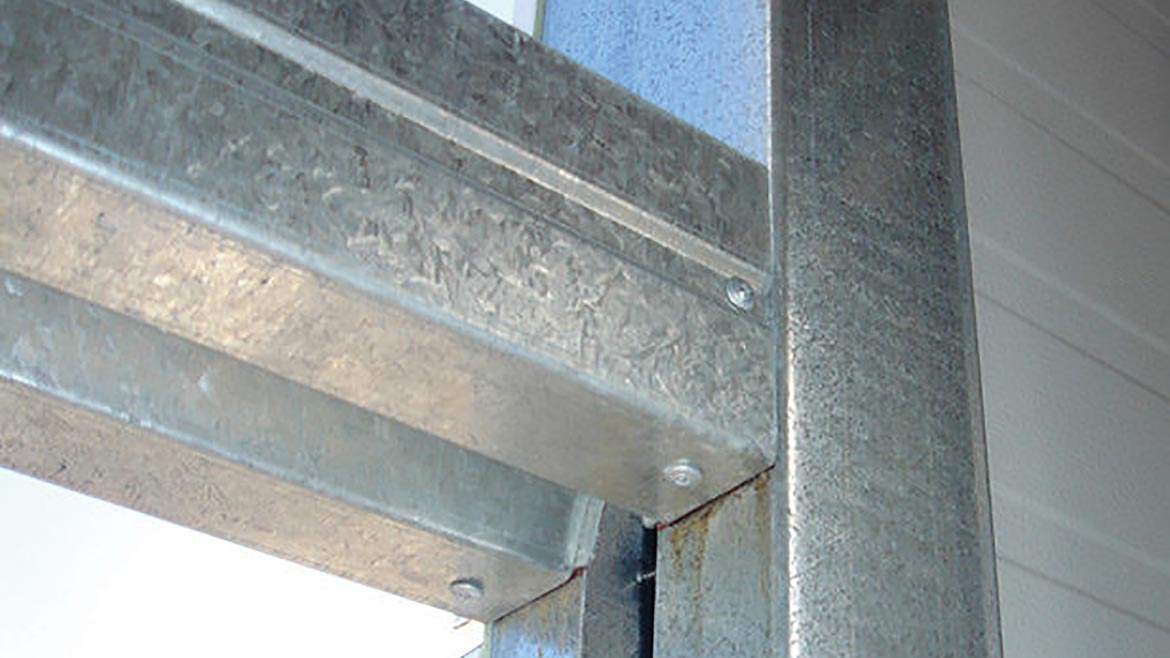
Installing Jamb Studs
So, how is one to properly specify and install jamb studs that will satisfy the load requirements for each project? Well, let us take a step back and look at three vital aspects surrounding jamb studs for all rough openings, whether they are for interior non-load-bearing or exterior load-bearing wall sections:
- First, all jamb studs must be designed and detailed properly based on the required loads that they are engineered to accommodate. Variables such as the depth of the wall studs, the span of the rough opening, wall height and deflection criteria, as well as any required fire and sound ratings, all contribute to the complexity of the rough opening’s design.
- Secondly, the architect or engineer of record should specify the jamb studs for each specific project, supported by calculations confirming that the respective loads are met.
- Lastly, once installed on-site, the jamb studs should be inspected by the local building official to ensure that they match what is specified in the details and the drawings and satisfy all local, state, regional, national and international building codes.
To help make these rough openings easier to design and detail, architects and engineers often rely upon special software, such as Simpson Strong-Tie’s CFS Designer software, as well as technical support staff from manufacturers of cold-formed steel framing products. Regardless of the way these headers and jamb studs are designed and detailed, the responsibility of properly designating all components of rough openings falls upon all of us.





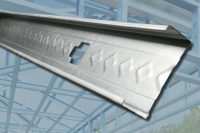
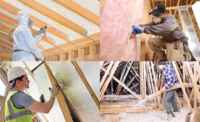
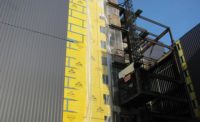
Report Abusive Comment